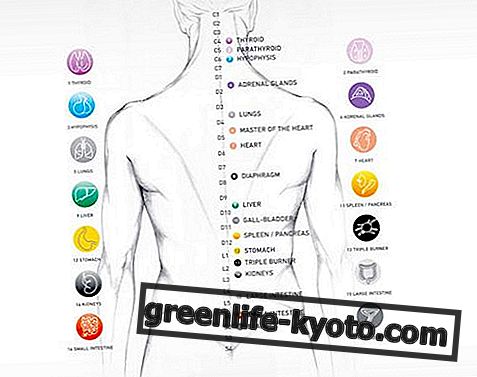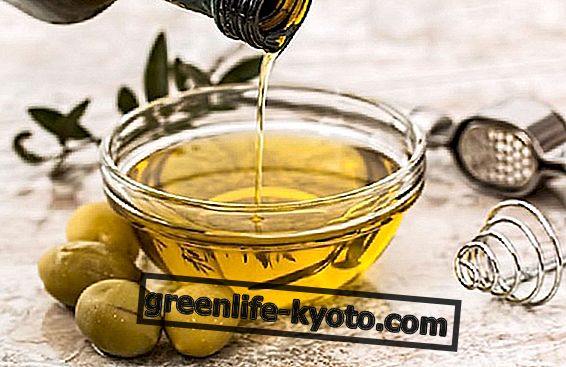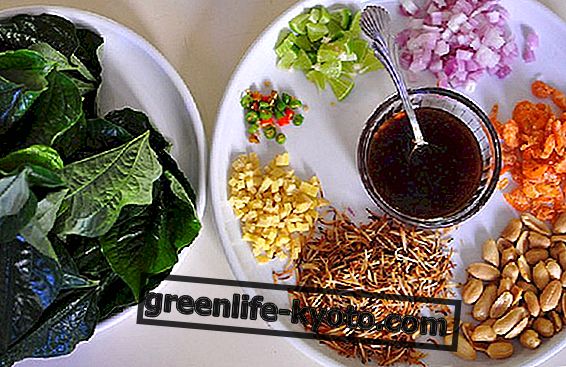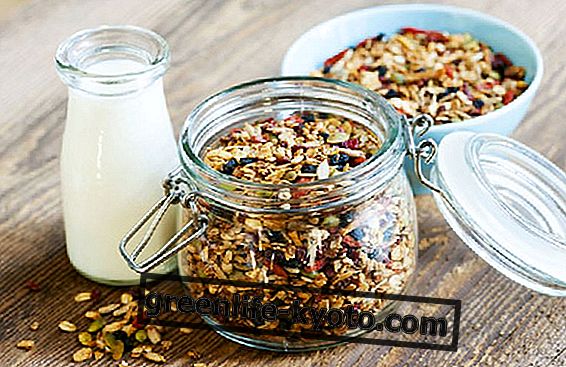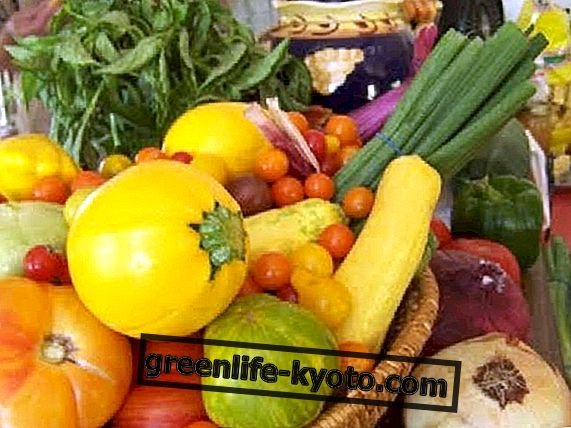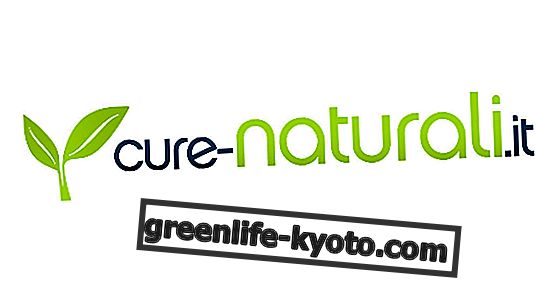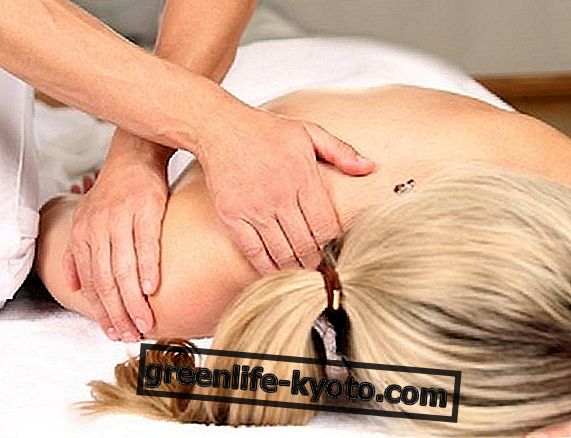
Helichrysum is a herbaceous plant typical of the Mediterranean area and can be grown in the garden or even in pots throughout Italy.
Helichrysum is in fact a plant native to the areas of southern Europe and north-western Africa. It grows spontaneously in the Mediterranean scrub, in abandoned fields, along the coasts, in rocky slopes and in non-cultivated meadows. In Italy it is common and grows spontaneously, especially in the South and on the Islands .
Its characteristic is that it is a good colonizing plant for unused land, thanks to its strong root system it consolidates the soil and repopulates marginal areas.
Its botanical name is Helichrysum italicum also known as licorice herb or licorice helichrysum . Its name derives from the Greek words helios which means sun and chrysos which means gold instead. In fact , helichrysum is a plant associated with the cult of the sun and therefore loves areas that are very exposed to light as well as flourishing in inflorescences similar to yellow-gold daisies.
There are several varieties of Helichrysum in addition to italicum such as the Angustifolium which is, also known with the name of evergreen perpetuino but also Helicrysum setosum, niveum, umbraculigerum, arenarium and Helichrysum bracteatum . The Asteraceae family has over 500 different species of helichrysum which can be annual or perennial .
The size of the helichrysum plant varies from a few centimeters to over 70 centimeters in height . The habit of the plant is shrubby with erect and thin herbaceous stems. The stem and leaves are covered with a light silver gray hair.
The same thread-like leaves are of this particular silvery green color. Its inflorescences are in the shape of a flower head and an inflorescence has on average 15 single flowers . The petals of these flowers are short and thin with a usually yellow bream color but there are also some varieties with red or pink petals.
The flower heads in turn gather in corymbs composed of about 30 heads. The helichrysum flowering begins in June and continues until the end of autumn when the first colds arrive .
Helichrysum is a plant used both for its healthy properties and in cooking as an aromatic plant. In fact its leaves and its flowers are particularly fragrant and very reminiscent of licorice .
In addition, the helichrysum is used for flavoring liqueurs, in the cosmetic field and for the preparation of floral compositions since its dried flowers remain aesthetically very beautiful.
Crop cultivation requirements
The helichrysum loves the areas exposed to the sun since its favorite climate is the temperate one typical of the Mediterranean area. Many hours of light and heat are essential elements for growing the helichrysum and bringing it to a good flowering.
In the event that the helichrysum is grown in a harsher climate, it will be necessary to protect the plant in winter with a mulch of organic material composed of dry leaves, straw or bark.
The ideal soil for the helichrysum plant is composed of sand and loves arid limestone soils . It does not need fertile soil but it needs to be well drained. Sand and rocky terrain are indicated for its cultivation also to ensure that water does not stagnate near its roots.
Instead, avoid clayey, marshy and asphyxiated soils. This is because the helichrysum does not like the stagnation of water; on the contrary, they must be absolutely avoided in order not to incur radical decay or other problems that can even lead to the death of the plant. Watering can take place every 2 weeks and only when the soil is completely dry.
Cultivation of helichrysum
If we want to start with the sowing of helichrysum we will have to do it in spring when the temperature exceeds 20 ° C so that germination can take place optimally. Once the seedlings are grown we can arrange them in larger pots or in the ground in the following spring.
It is also recommended to sow in the fall in September, but to do this it will then be necessary to protect the seedlings during the winter.
If instead we want to buy helichrysum seedlings already, they can turn to a nursery or an agraria specialized in aromatic plants or that have many varieties to create rock gardens.
Helichrysum, as we have said, can be grown in pots or in the open field . It does not require large cultivation measures, it will be sufficient to implant the young seedlings and let them grow, remembering only its cultivation requirements with respect to sun exposure and moderate irrigation.
Indicatively, the sixth of plant on the ground varies from 20 centimeters between the seedlings and 45 between the rows up to 30 between the seedlings and 70 between the rows . These more or less close cultivations differentiate according to the purpose we want for the cultivation of helichrysum, for example it is more dense for the production of essential oil and more rarely for having the flowering twigs.
Moreover, especially if we grow helichrysum as an ornamental plant we will have to prune its branches when the plant is adult so as to give it a more harmonious shape. The practice of pruning is not a specific requirement of the plant that instead can easily grow and grow as needed.
We can also cut the inflorescences when they are faded or remove the damaged parts of the branches always to allow a better development of the plant.
We also remind you that mulching is recommended especially in areas with colder winters, in order to protect the plant with dry leaves and straw.

